 Botox (and its competitors) has gained significant popularity in recent years, both as a cosmetic treatment and a therapeutic solution. While most people recognize Botox as a wrinkle-reducing miracle, few are aware of its many other applications, such as its effectiveness in treating Temporomandibular Joint (TMJ) disorders. We will delve into what Botox is, why someone would want to get Botox, how it can benefit patients with TMJ issues, and how it can reduce wrinkles.
Botox (and its competitors) has gained significant popularity in recent years, both as a cosmetic treatment and a therapeutic solution. While most people recognize Botox as a wrinkle-reducing miracle, few are aware of its many other applications, such as its effectiveness in treating Temporomandibular Joint (TMJ) disorders. We will delve into what Botox is, why someone would want to get Botox, how it can benefit patients with TMJ issues, and how it can reduce wrinkles.
What is Botox?
Botox is derived from the Botulinum toxin, a naturally occurring protein produced by the bacterium Clostridium botulinum. When used in small, controlled doses, Botox works as a neuromodulator, blocking the release of acetylcholine, a neurotransmitter responsible for muscle contraction. By doing so, it effectively paralyzes the treated muscles, causing them to relax. Botox has been approved by the FDA for various medical and cosmetic purposes and is considered a safe and effective treatment when administered by a qualified professional.
Why Would Someone Want to Get Botox?
There are several reasons why an individual might choose to undergo Botox treatment, including:
- Cosmetic purposes: Botox is most commonly used to reduce the appearance of facial wrinkles and fine lines, particularly on the forehead, around the eyes (crow’s feet), and between the eyebrows (frown lines). By relaxing the muscles responsible for these lines, Botox can provide a smoother, more youthful appearance.
- Therapeutic purposes: In addition to its cosmetic uses, Botox is also an effective treatment for various medical conditions, such as chronic migraines and TMJ pain. Its ability to relax muscles can help alleviate pain and discomfort associated with these conditions.
Botox for TMJ Disorders
Temporomandibular Joint (TMJ) disorders refer to a group of conditions that affect the jaw joint and surrounding muscles, causing pain, discomfort, and difficulty in movement. Common symptoms include jaw pain, difficulty chewing, headaches, and a clicking or popping sound when opening or closing the mouth.
Botox has emerged as a promising treatment option for TMJ disorders. When injected into the affected muscles, Botox can help relax them, reducing pain and improving jaw function. Patients who undergo Botox treatment for TMJ disorders often report a significant reduction in pain and an improvement in their quality of life.
It’s important to note that Botox is not a cure for TMJ disorders, but rather a temporary solution that provides relief from symptoms. Treatment typically lasts between three and six months, and patients may require repeat injections to maintain the benefits.
Fewer wrinkles and fine lines with Botox
Botox is primarily known for its cosmetic benefits. By targeting specific facial muscles, Botox can smooth out wrinkles and fine lines, giving the face a more youthful and rejuvenated appearance. Some of the most common cosmetic improvements achieved with Botox include:
- Reduction of forehead lines: Horizontal lines on the forehead are often caused by repeated muscle contractions over time. Botox can relax these muscles, reducing the appearance of these lines.
- Softening of crow’s feet: The fine lines around the eyes, known as crow’s feet, can be smoothed out with Botox injections, giving the eye area a more refreshed look.
- Minimizing frown lines: Botox can also target the muscles between the eyebrows, reducing the appearance of frown lines and giving the face a more relaxed and approachable expression.
- Lifting the eyebrows: By injecting Botox into specific areas around the eyebrows, it’s possible to achieve a subtle lift, opening up the eye area and creating a more alert and youthful appearance.
- Reducing a “gummy smile”: In some cases, Botox can be used to reduce the appearance of a “gummy smile” by targeting the muscles responsible for lifting the upper lip. This can result in a more balanced and aesthetically pleasing smile.
Botox is a versatile treatment with both cosmetic and therapeutic applications. Its ability to relax targeted muscles can provide relief from TMJ disorders, as well as offer a range of cosmetic improvements, including the reduction of wrinkles and fine lines. When considering Botox treatment, it’s essential to consult with a qualified professional to ensure the best possible results and minimize any potential risks. If you’re interested in exploring Botox as a solution for TMJ disorders or for facial esthetic enhancement, contact us to discuss your options and determine if Botox is the right treatment for you.

